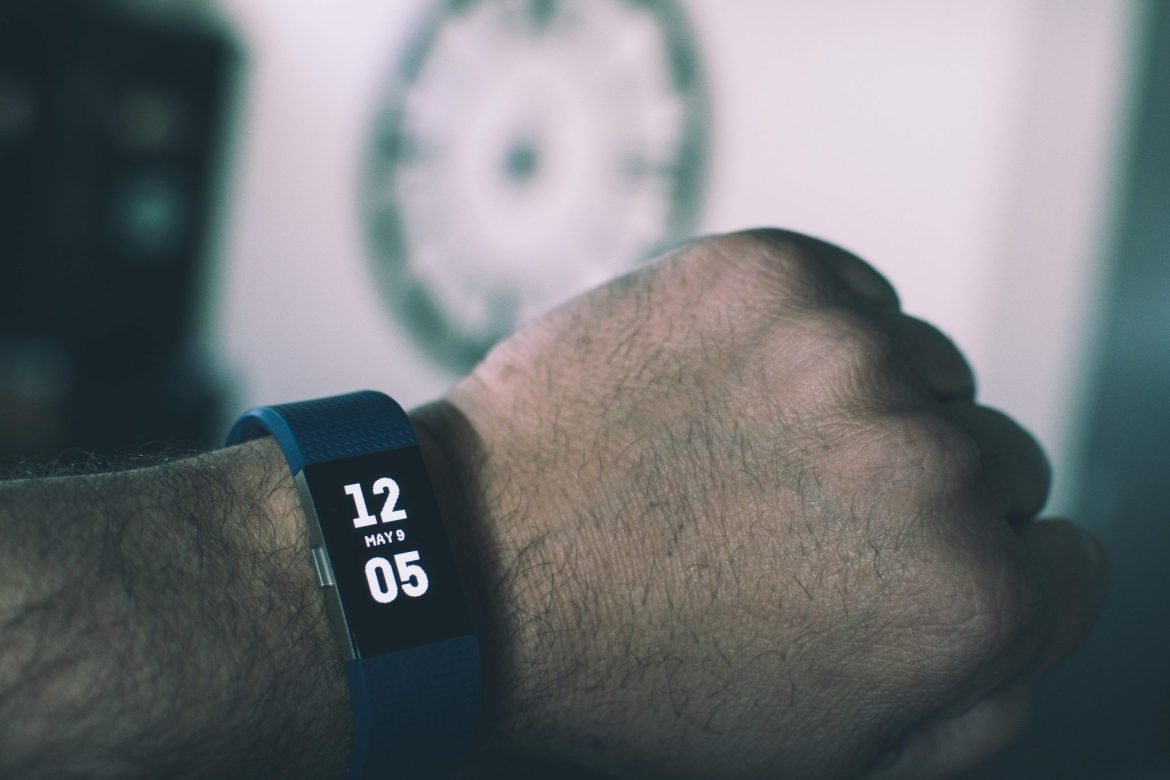Table of Contents
Digital clocks have revolutionized timekeeping since their inception, offering accuracy, convenience, and versatility in displaying time. This article explores the evolution, functionality, applications, and impact of digital clocks in modern society, from early electronic displays to advanced digital timepieces.
Introduction to Digital Clocks
Digital clocks differ from traditional analog clocks by displaying time numerically using digital indicators such as LEDs (Light Emitting Diodes), LCDs (Liquid Crystal Displays), or OLEDs (Organic Light Emitting Diodes). They provide precise time readings in hours, minutes, and sometimes seconds, utilizing electronic components for timekeeping accuracy.

Early Developments and Technology
The development of digital clocks began in the mid-20th century with the advent of electronic components capable of accurately measuring and displaying time. Early digital clocks used vacuum tubes and later transistors to power numerical displays, marking a significant departure from mechanical clock mechanisms.
Types of Digital Clock Displays
1. LED Displays
LED digital clocks utilize light-emitting diodes to display numbers. They offer high visibility and brightness, making them suitable for various environments, including outdoor settings and public spaces.
2. LCD Displays
LCD digital clocks use liquid crystal technology to display numbers on a flat panel. They are energy-efficient and provide clear visibility with backlighting options for low-light conditions.
3. OLED Displays
OLED digital clocks use organic compounds that emit light when an electric current passes through them. They offer high contrast ratios, wider viewing angles, and are commonly used in modern electronic devices for their vibrant display quality.

Applications and Uses
1. Home and Office
Digital clocks are ubiquitous in homes and offices, providing easy-to-read time displays for daily scheduling, time management, and synchronization with other electronic devices.
2. Public Spaces
Digital clocks in public spaces such as airports, train stations, and shopping malls serve as vital timekeeping tools for travelers and visitors, ensuring punctuality and efficiency.
3. Industrial and Scientific Applications
High-precision digital clocks are essential in industrial settings for synchronizing operations, data logging, and time-stamping events. They also play a critical role in scientific research and experiments requiring accurate time measurement.
Features and Functionality
1. Alarm Clocks
Digital alarm clocks integrate alarm features to wake users at specified times, offering customizable settings for daily, weekday, or weekend alarms.
2. Time Zones and World Clocks
Some digital clocks include features for displaying multiple time zones or world clocks, catering to global users and travelers needing to track time differences across regions.
3. Timer and Stopwatch Functions
Digital clocks often include timer and stopwatch functionalities for measuring elapsed time, making them useful in cooking, sports training, and other timing applications.

Technological Advancements
1. Atomic Clock Synchronization
Advanced digital clocks can synchronize with atomic clocks via radio signals or the internet, ensuring precise timekeeping accuracy to within milliseconds or microseconds.
2. Smart Clocks and IoT Integration
Smart digital clocks connect to the internet and integrate with IoT (Internet of Things) devices, offering additional features such as weather updates, calendar integration, voice control, and compatibility with smart home systems.
3. Energy Efficiency and Sustainability
Modern digital clocks prioritize energy efficiency through low-power consumption designs, LED backlighting, and automatic dimming features to conserve electricity and reduce environmental impact.
Impact on Society and Future Trends
1. Accessibility and Inclusivity
Digital clocks enhance accessibility for individuals with visual impairments through high-contrast displays, adjustable font sizes, and voice-activated controls in smart clock models.
2. Integration with Wearable Technology
Digital clock displays are integrated into wearable devices such as smartwatches and fitness trackers, providing users with real-time access to time, notifications, and health data on-the-go.
3. Innovation in Display Technologies
Future trends in digital clocks may involve advancements in flexible OLED displays, augmented reality (AR) interfaces, and interactive projections, enhancing user interaction and functionality.
Conclusion
Digital clocks have evolved from early electronic experiments to essential timekeeping devices ingrained in daily life. With advancements in display technology, connectivity, and energy efficiency, digital clocks continue to innovate, offering new features and applications across various industries and lifestyles. As digital technology evolves, the role of digital clocks in enhancing productivity, connectivity, and time management remains paramount, shaping the future of timekeeping in the digital age.


